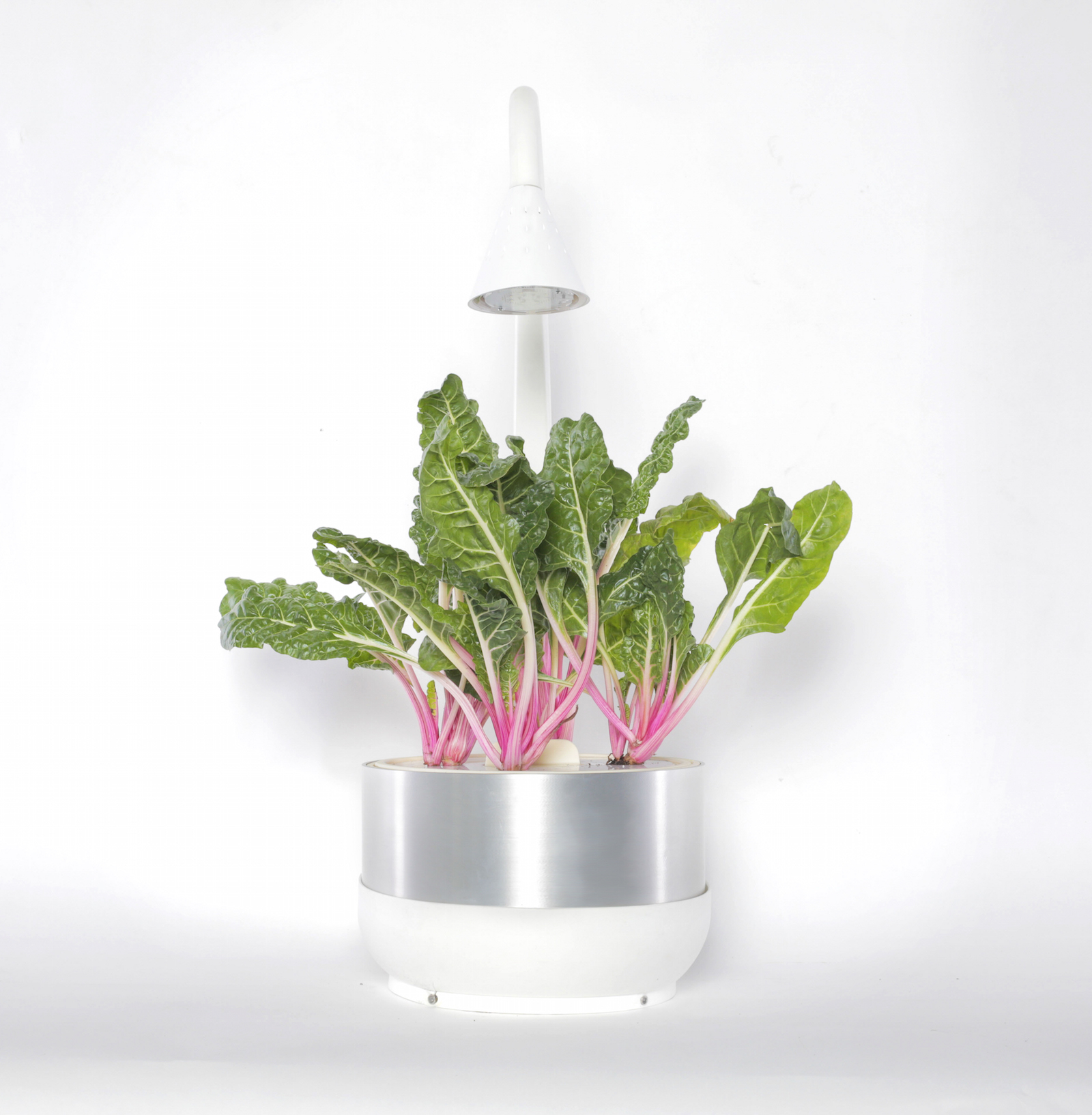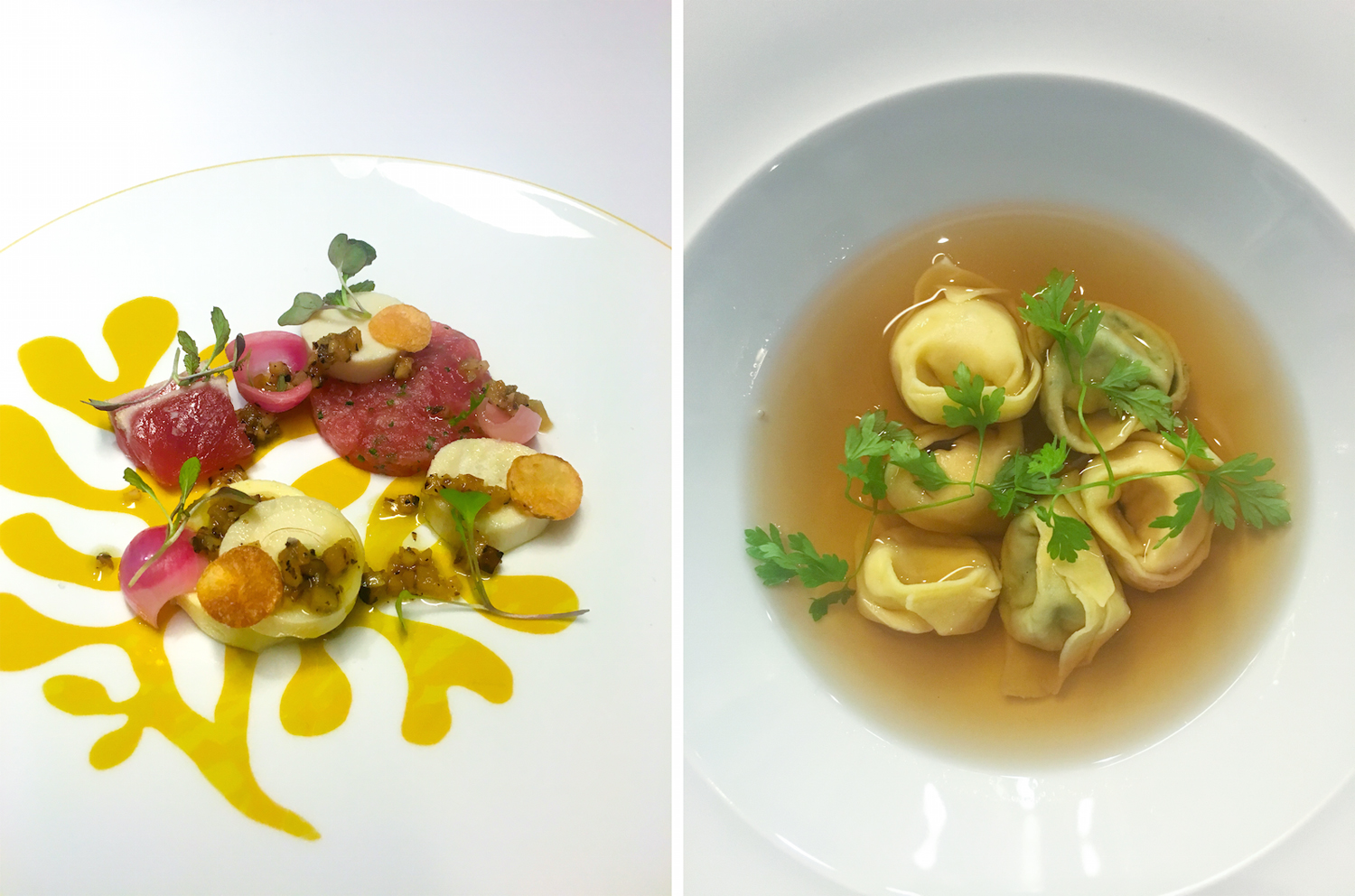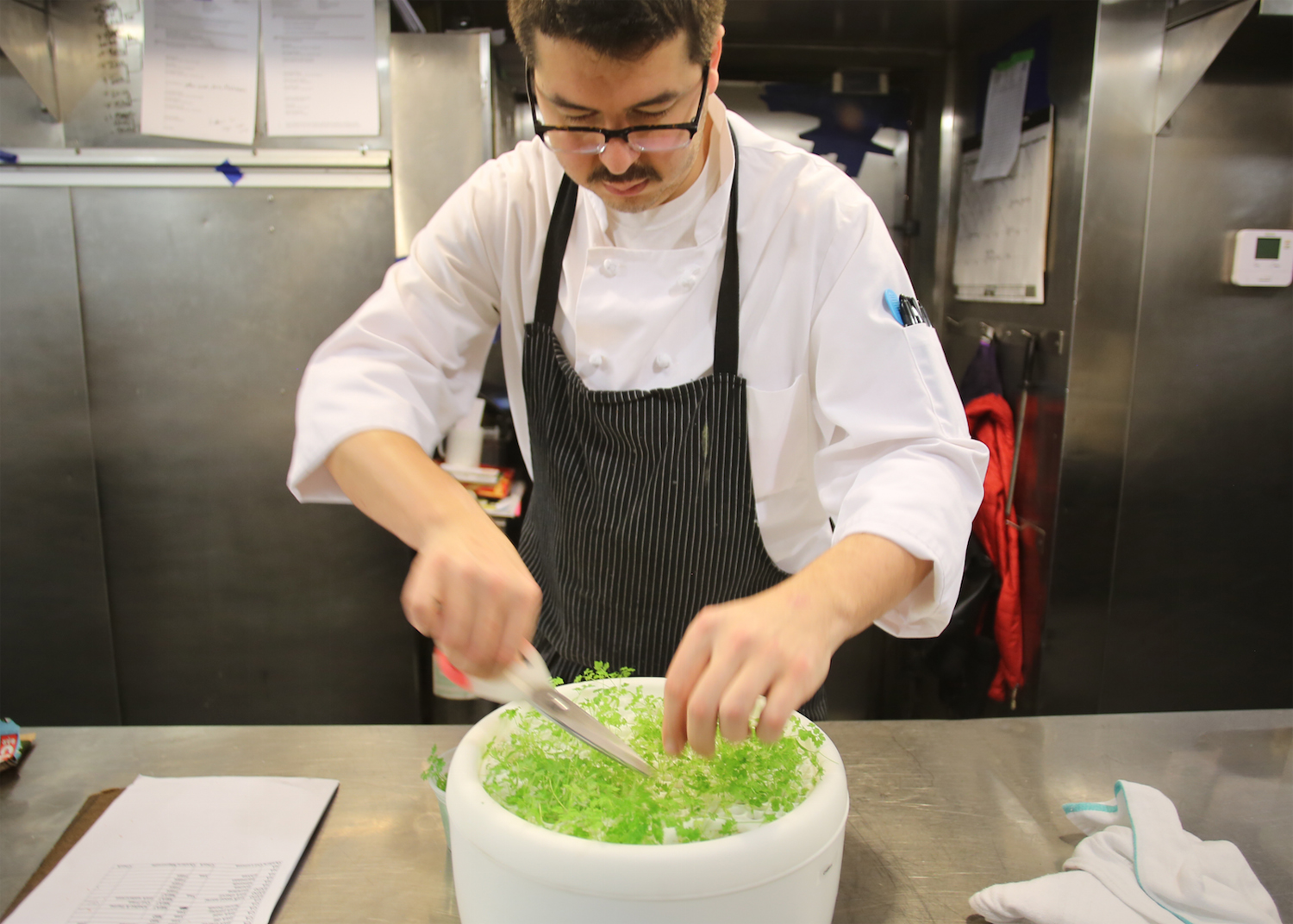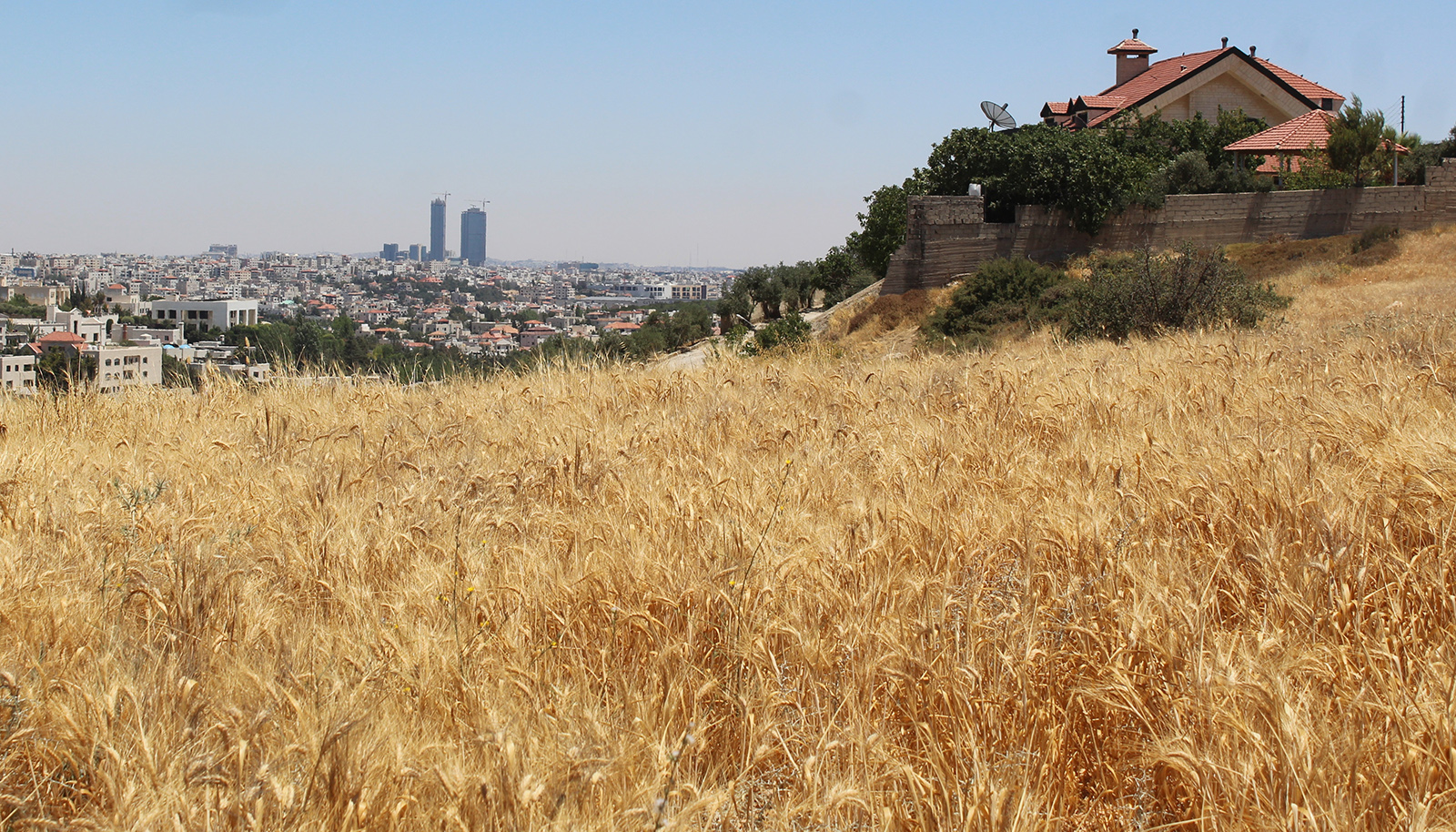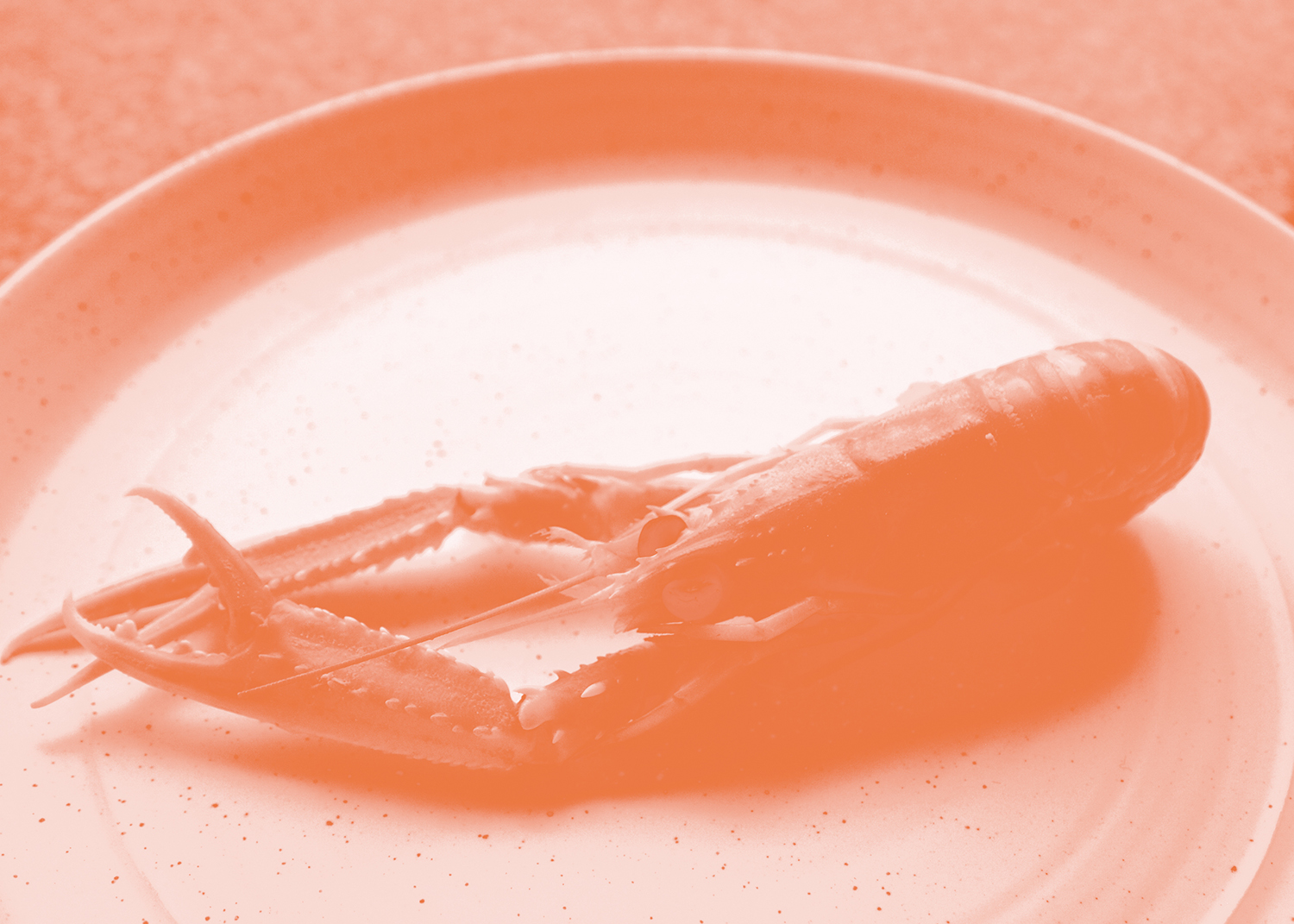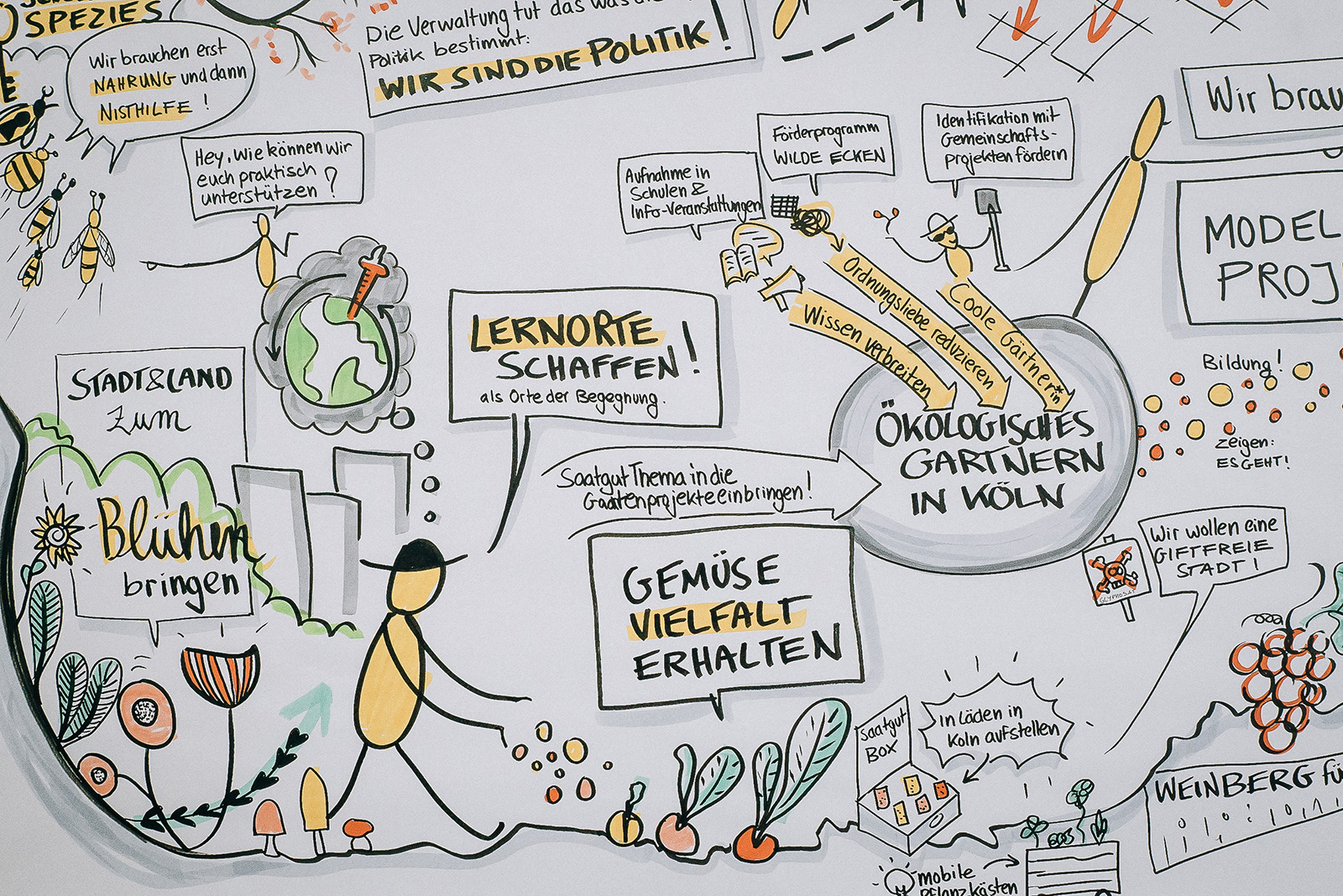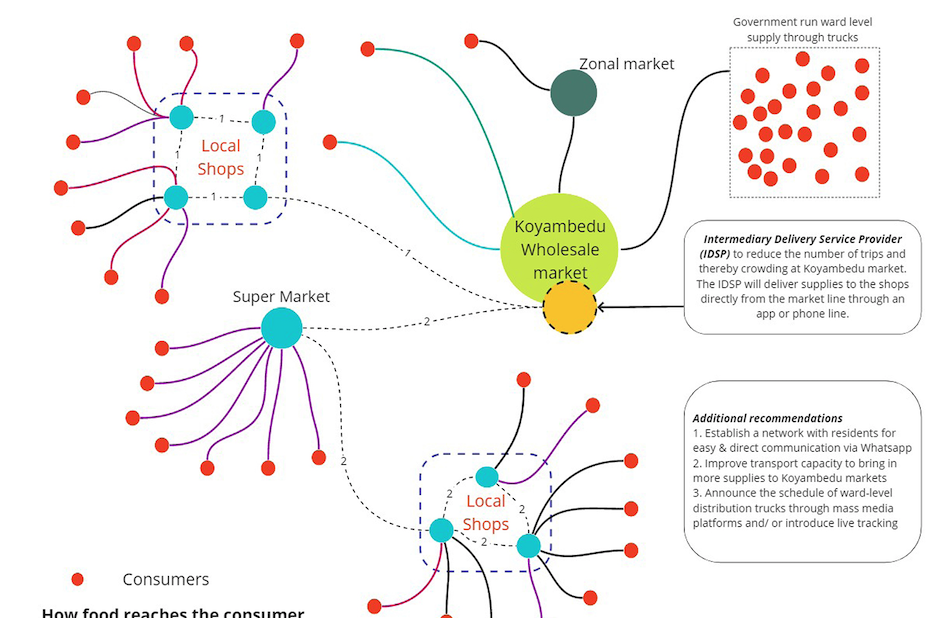For anyone who has experienced the joy (or pain) of growing your own herbs and produce, success can seem hinged on a bit of know-how, a bit of sunshine and a lot of luck. With the rise of countertop growing systems promising ease of use and an endless supply of fresh greens, it looks like help is on the way. SproutsIO, a smart growing system out of MIT’s Media Lab, has the potential to revolutionize the space with an app-supported hybrid hydroculture microfarm that learns from users through a network of sensors.
“We get tons of people who write in and say, ‘I’m afraid of plants because I kill them all the time,'” Jennifer Broutin Farah, founder and CEO of SproutsIO, tells MOLD. “We learned that if we start people in the process and have the technology enable them to learn about growing, then they start to take over from there.” Farah and her team are working towards an intelligent growing system that can teach users the fundamentals while being flexible enough to encourage creativity.
[See Jennifer Broutin Farah speak with the editor of MOLD at the upcoming Design Observer TASTE conference in Los Angeles on February 12. MOLD readers receive a 15% discount when you enter the promo code TASTE at checkout.]
The design journey for SproutsIO began when Farah, who is trained as an architect, was working with the New York City Parks Department to develop large scale prototypes to grow produce on the exterior of buildings. Negotiating New York’s labyrinthine of rules and regulations led her to the conclusion that the technology typically reserved for industrial agriculture or greenhouses needed to be brought down to a more personal scale—readily adaptable for people in their homes and offices.
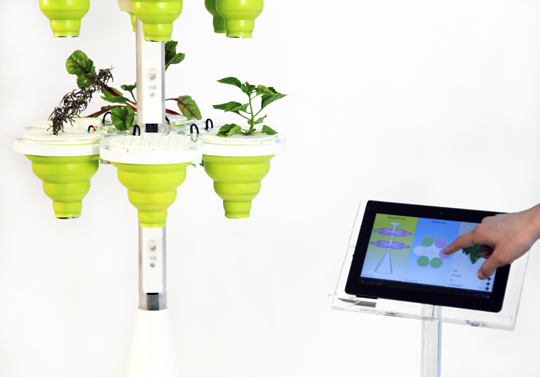 An early prototype for SproutsIO
An early prototype for SproutsIO
At MIT’s Media Lab, Farah began to prototype and test her ideas, working with the Boston public school system to introduce the experience of growing produce in classrooms. “These kids were in a relatively rough neighborhood and they were talking about how they were growing swiss chard and making dishes out of it,” Farah recounts. “They were learning how to grow, cared about what they were growing and were involved in the process. That [experience] impacted the way that they ate and the kind of health benefits of growing their own produce and cooking with it.” With the app and the built-in monitoring systems, SproutsIO, allows users to see behind the scenes, experience the wonder of plant life and learn about how they’re growing.
Through two years of product development and user testing, SproutsIO has found a way to balance the educational challenge of teaching first time growers (and self-proclaimed black thumbs) how to successfully care for their plants with the technological intricacies of building a smart appliance. A great example of this balance is the built-in camera that takes photos of the plants on a consistent basis. The time lapse images document the metamorphosis of a plant and turn it into a storytelling tool while also providing data for machine learning—the system can recognize the health of a plant by tracking certain things visual markers. “Rather than thinking of technology as something that is removed from plants and nature, technology can really help to enable new ways of seeing nature,” Farah explains. In this way, technology provides the tools for an easier experience with growing but also allows for a whole new way of learning and looking at plants.
This past year SproutsIO launched a new round of user testing with the Tastemaker program. Identifying the creative potential of integrating microfarms in professional kitchens, the team partnered with Barbara Lynch Gruppo to install SproutsIO systems at their No. 9 Park and Congress Street Kitchens locations in Boston. The fast paced, high intensity setting of a restaurant kitchen is a great testing ground for user experience and experimenting with the flavor profiles of produce. For the past 27 years at No. 9 Park, the chefs have been putting out a gnocchi dish with chervil. The plant has a reputation for being finicky and even when its locally grown, it can be damaged when transported from farm to kitchen. With SproutsIO, the chervil is being grown right in the kitchen, harvested, plated and served. Since the Tastemaker program launched, they have used 93-95% of the chervil grown, significantly reducing the amount of waste. Waste reduction is built into the system. Not only does the system allow for efficiencies—it uses just 2% of the water and 40% of the nutrients compared to traditional methods of growing produce—but it also operates on about half of much power as your laptop.
But how does it taste? According to the chefs the quality of the produce has been the same if not better. Most exciting is that the introduction of a growing system allows for a “new venue of creativity,” explains Farah. Working in partnership, the team is experimenting with nutrients and lighting to create variations on taste. “If you can look at creatively cultivating these dishes and what goes into them and then look at each element that goes into the dish and even curating how that grows and the taste of it, that gives a chef a tremendous amount of creative capability in making these amazing dishes.”
The excitement over smart kitchen appliances is palpable amongst the tech set—at January’s CES, robots invaded the kitchen with news portals embedded into refrigerators and 10-in-1 sous chef gadgets hailing the arrival of technology in the kitchen. All these appliances are designed to lend a helping hand to home cooks but unfortunately, many entrants in this emerging category of smart kitchen are just adding bells and whistles to pre-existing products without offering real efficiencies. With the coming farm invasion of our kitchens, this category of new kitchen appliance has a real potential to revolutionize our relationship with produce and make cooking and eating greens a personal thing.
